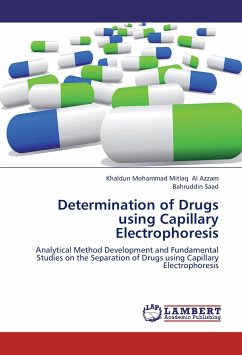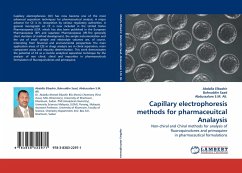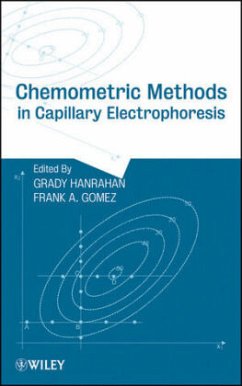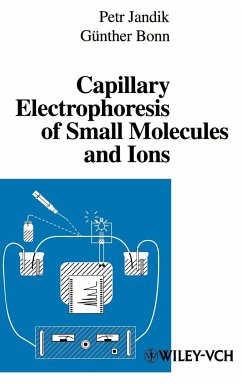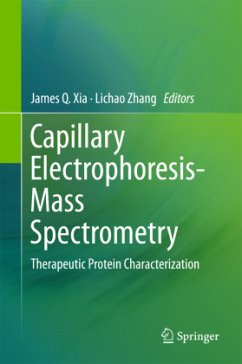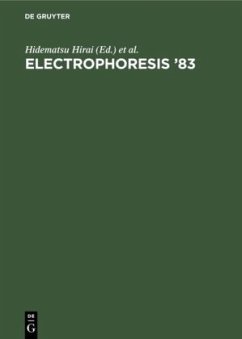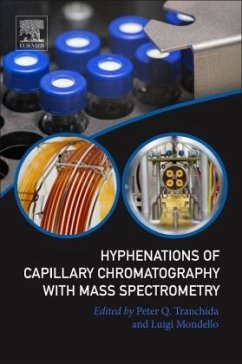
CHIRAL SEPARATION, CAPILLARY ELECTROPHORESIS
SEPARATION OF CHLOROQUINE AND ITS ENANTIOMERS IN PHARMACEUTICALS USING CAPILLARY ELECTROPHORESIS TECHNIQUE
Versandkostenfrei!
Versandfertig in 6-10 Tagen
32,99 €
inkl. MwSt.

PAYBACK Punkte
16 °P sammeln!
Currently, there is considerable interest in the synthesis and separation of enantiomeric compounds because of their importance in biochemistry, pharmaceutical, etc. Frequently the analytical methods used for the enantiomeric separations, for the monitoring the progress of asymmetric synthesis or establishing the optical purity of the products are chromatography. More recently capillary electrophoresis (CE) has been added to the list. CE is an interesting technique that shows promise for the resolution of enantiomers. This is accomplished by adding to the background electrolyte with suitable c...
Currently, there is considerable interest in the synthesis and separation of enantiomeric compounds because of their importance in biochemistry, pharmaceutical, etc. Frequently the analytical methods used for the enantiomeric separations, for the monitoring the progress of asymmetric synthesis or establishing the optical purity of the products are chromatography. More recently capillary electrophoresis (CE) has been added to the list. CE is an interesting technique that shows promise for the resolution of enantiomers. This is accomplished by adding to the background electrolyte with suitable chiral selector that is capable of discriminating between the enantiomers. In this work, CE method was demonstrated for the separation of the enantiomers of chloroquine (CQ), a synthetic drug that is widely used as an anti-malarial agent. The application of the optimized CE method for the determination of CQ in pharmaceutical samples is presented. This book will be useful for chemists, pharmacists and scientists with interest in CE separation of enantiomers.



